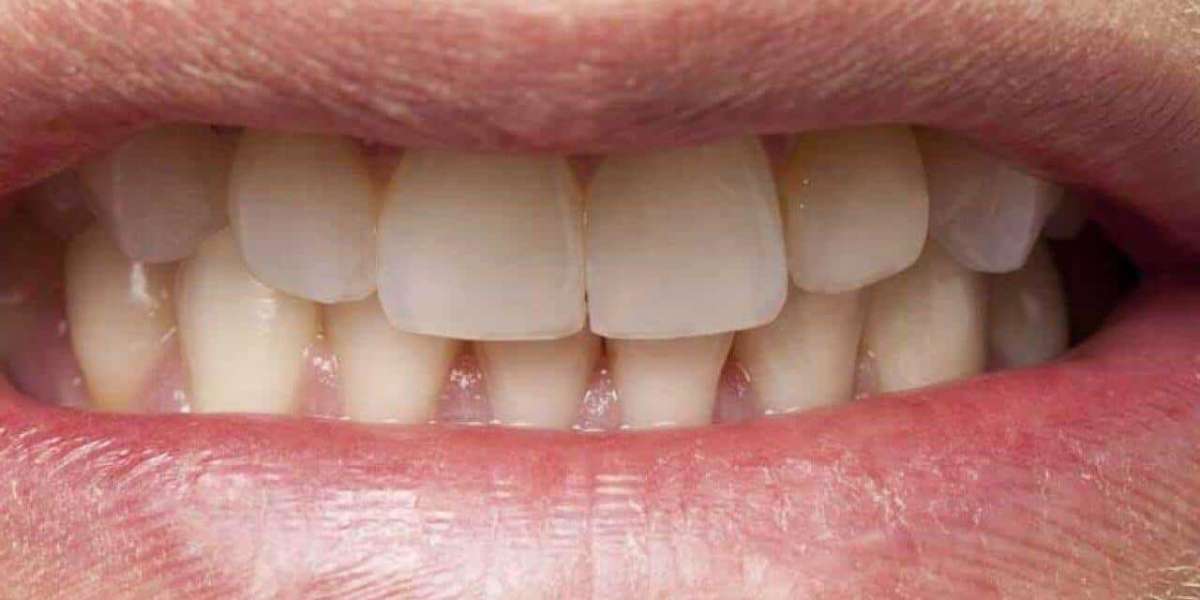If you frequently experience jaw tension or teeth grinding, you might be asking, are there exercises to reduce jaw clenching? Jaw clenching, often linked to stress or Teeth Grinding, can cause discomfort, headaches, and even damage to your teeth and jaw joints. Fortunately, specific exercises can help relax the muscles, improve jaw mobility, and alleviate symptoms. Incorporating these exercises into your daily routine can be an effective way to manage and reduce jaw clenching naturally.
Jaw clenching often results from muscle tension or stress
Exercises target jaw muscles to reduce tightness and pain
Consistent practice improves jaw function and comfort
Exercises can complement other treatments like mouthguards or therapy
Simple techniques can be done at home without special equipment
Understanding Jaw Clenching and Its Effects:
Before starting exercises, it’s important to understand what jaw clenching is and why it occurs.
Involuntary tightening of jaw muscles during waking or sleeping hours
Often linked to stress, anxiety, or bruxism (teeth grinding)
Causes headaches, ear pain, jaw soreness, and worn teeth
Chronic clenching can lead to temporomandibular joint (TMJ) disorders
Reducing muscle tension through exercises can prevent further complications
Knowing the causes helps tailor exercises for maximum benefit.
Jaw Relaxation Exercises:
Simple relaxation exercises are the first step in reducing jaw clenching and easing muscle tightness.
Deep breathing: Inhale slowly through your nose and exhale through your mouth while consciously relaxing your jaw
Progressive muscle relaxation: Tense jaw muscles for a few seconds, then release to feel the difference
Jaw drop: Let your mouth hang open slightly, allowing the jaw muscles to relax naturally
Neck stretches: Gently tilt your head side to side to relieve tension that may affect jaw muscles
Warm compress: Apply a warm towel to the jaw area before exercises to loosen muscles
These exercises help break the cycle of chronic clenching and tension.
Strengthening and Stretching Exercises:
In addition to relaxation, strengthening and stretching can improve jaw mobility and control.
Chin tucks: Gently tuck your chin toward your neck and hold for 5 seconds to strengthen supporting muscles
Resisted mouth opening: Place your thumb under your chin and slowly open your mouth while applying light resistance
Side-to-side jaw movement: Move your jaw slowly from side to side to stretch muscles and increase flexibility
Forward jaw movement: Slide your lower jaw forward and hold for a few seconds, then relax
Tongue up exercise: With your tongue touching the roof of your mouth, slowly open and close your jaw
Perform these exercises regularly to enhance jaw muscle function and reduce clenching.
Incorporating Mindfulness and Behavioral Techniques:
Since jaw clenching often happens unconsciously, mindfulness can play a key role in reducing the habit.
Practice body scans to become aware of jaw tension throughout the day
Use reminders to check and relax your jaw during stressful situations
Try guided meditation focused on releasing muscle tension
Maintain good posture to reduce strain on the jaw and neck muscles
Seek professional help for cognitive-behavioral therapy if Teeth Grinding Treatment is stress-related
Combining exercises with mindfulness increases the chances of long-term relief.
When to Consult a Professional?
While exercises are beneficial, some cases of jaw clenching require professional intervention.
Persistent or worsening pain in the jaw, face, or head
Difficulty opening or closing your mouth fully
Signs of temporomandibular joint dysfunction (clicking, popping sounds)
Severe tooth wear or damage from clenching
No improvement after consistent exercise and lifestyle changes
A dentist, physical therapist, or TMJ specialist can provide tailored treatment plans and advanced therapies.











